The hiring process is a maze of steps, each of which is crucial to ensuring the best talent is brought on board. As the integration of technology into hiring has expanded, it’s worth stopping and asking: is it speeding up the process or making it even more complicated? Let’s dive in.
1. The workflow needed to hire a candidate
From the moment a vacancy is identified to the moment a new employee joins an organization, there are multiple phases. The journey begins with a job offer and then goes through collecting applications, screening, interviewing, negotiating offers and finally onboarding. Each phase is essential and requires specific tools, software, and stakeholders to ensure its success.
<h3 id="2-different-technology-and-software-used”>2. Different technologies and software used
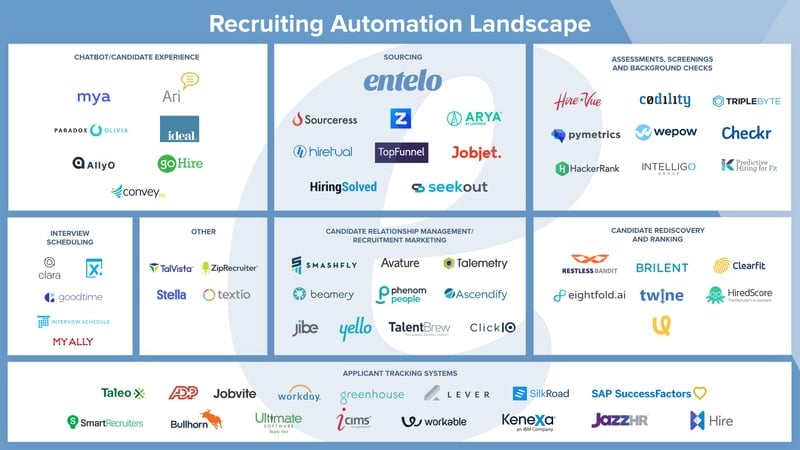
technology is deeply embedded in recruiting. Applicant Tracking Systems (ATS), like Greenhouse, manage and track candidates. Platforms like Codility are essential for skills assessment, and tools like DocuSign have revolutionized contract exchanges, taking them from the desktop to the screen. The recruiting technology landscape is vast and continually evolving.
3. Who are the different stakeholders involved?
Beyond the obvious players like hiring managers, recruiters, and candidates, the scope of recruiting includes department heads, senior management, the IT department, the executive team, the legal department, and finance. Together, they ensure the hiring process aligns with company goals, follows the law, and stays within budget.
4. Software processes, workflows and touchpoints
From searching for candidates through platforms such as LinkedIn and Indeed to onboarding through specialized software, each hiring phase has its associated processes and technologies:
- Search for candidates:
- Systems: Job boards, Social Networks, Sourcing Tools, ATS.
- Steps: define the role, search for candidates, review and disseminate.
- Candidate selection:
- Systems: ATS, Resume Databases.
- Objective: match candidates with the needs of the position.
- Interview scheduling:
- Systems: ATS, Calendly, Google Calendar.
- Objective: smoothly organize candidate interviews.
- Collection of interview comments:
- Systems: ATS, Feedback platforms.
- Objective: gather knowledge after the interview.
- Offer management:
- Systems: ATS, HRIS.
- Objective: Seal the deal with the chosen candidate.
- Induction:
- Systems: ATS, HRIS, LMS.
- Objective: Integrate the new employee into the organization.
- Background Checks:
- Systems: ATS, Checkr.
- Objective: verify the background of a candidate.
Schedule a Free Recruitment Automation Consultation
5. Time, delays and why
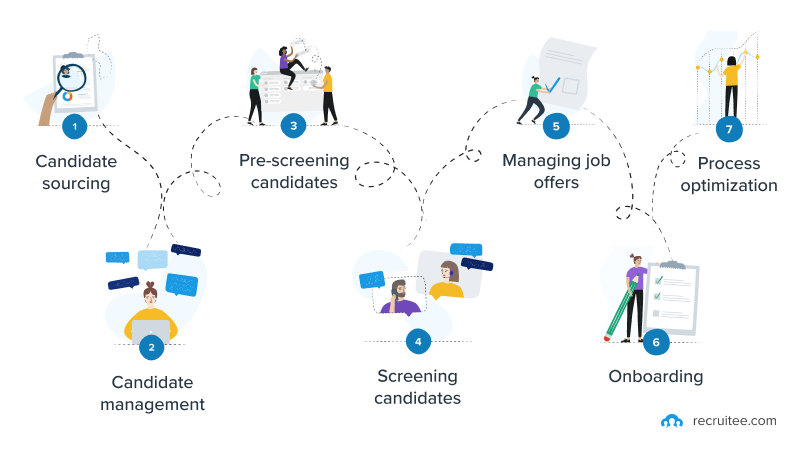
Although each hiring phase has its own schedule, delays may occur. Cumbersome applications, poor communication, lengthy decision-making, and complicated offer processes can deter candidates. Here is an illustrative table:
| Passed | Approx. Time | Software | Concerned parties | Leave % |
| Job offer | 1-2 days | ATS, Job Boards | Human resources management | 5% |
| Application | Instant within a few days | ETA | Candidates, HR | 10% |
| put on screen | 1-2 weeks | ETA detection tools | Human Resources, Recruiters | fifteen% |
| Interviews | 1-3 weeks | Video tools, calendar tools | Interviewers, Candidates | twenty% |
| Offer | 1-2 weeks | ATS, electronic signature | Management, HR, Candidates | 5% |
| Induction | 1 week to several months | Human resources software | HR, IT, new hires | 5% |
6. Speed up by optimizing workflow
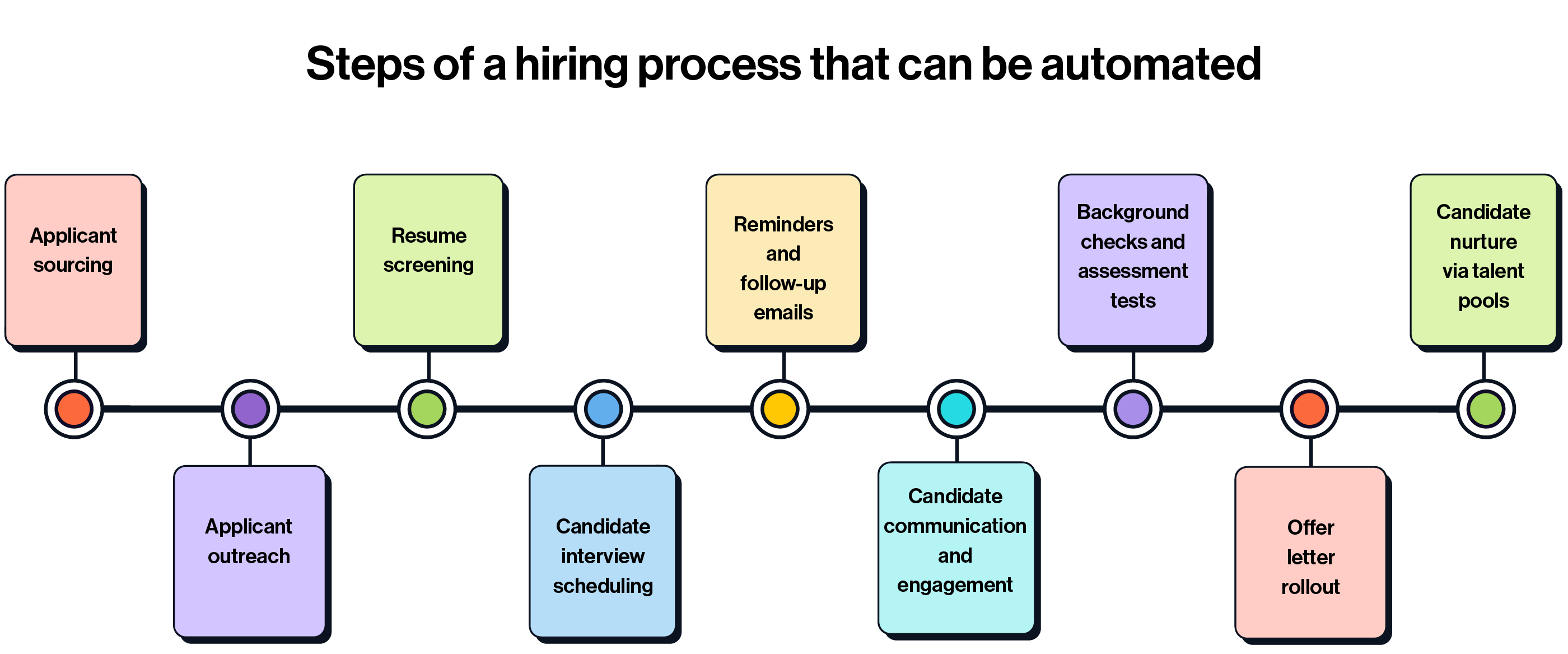
- Automate where possible: Look for opportunities to automate repetitive tasks. For example, you can use applicant tracking systems (ATS) equipped with ai capabilities to vet resumes and save time. Additionally, automation can also be implemented to schedule interviews and send automatic responses to candidates, further improving the efficiency of the hiring process.
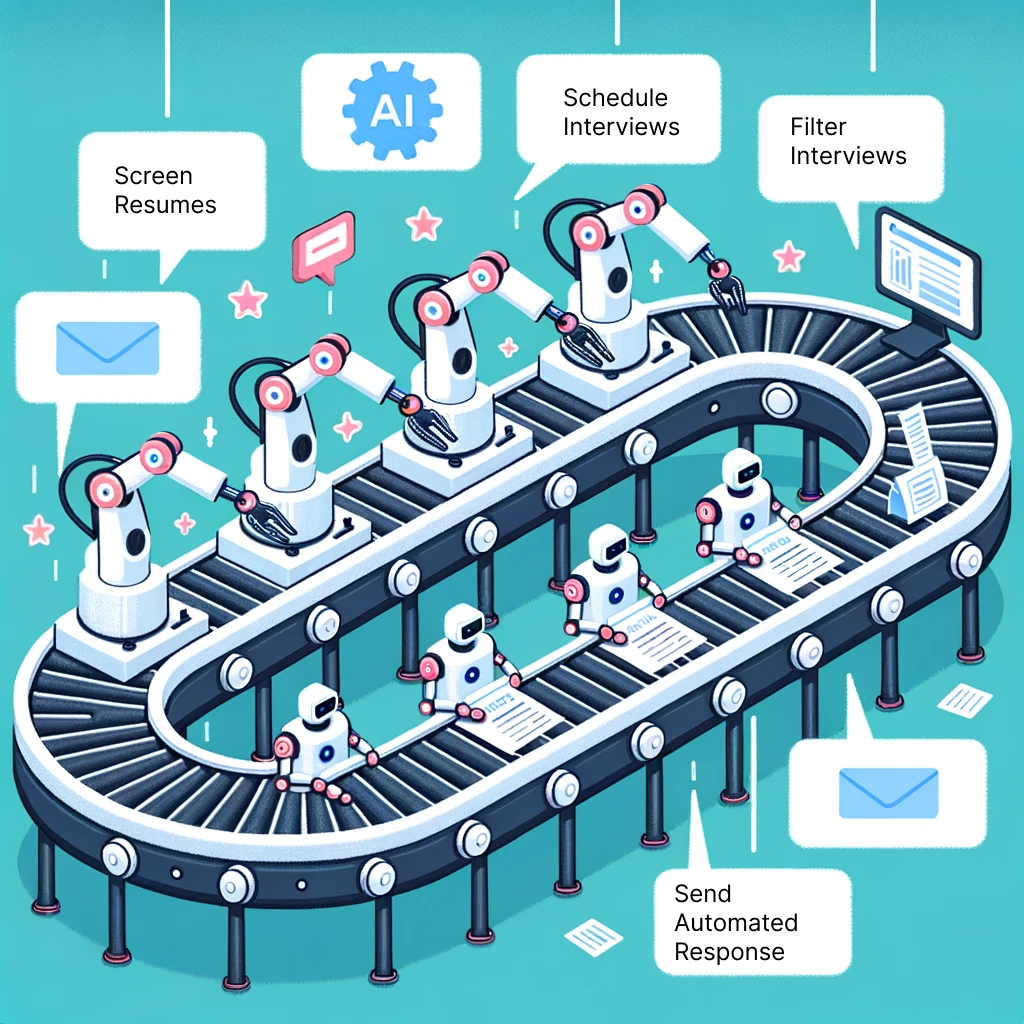
- Synchronize tools: It is important to ensure that all tools and software used in the hiring process can integrate and communicate with each other seamlessly. This will help reduce data redundancy and improve efficiency. By synchronizing ATS with other HR software, such as employee management and payroll systems, you can streamline the entire employee lifecycle, from hiring to onboarding and beyond.
- Training: Ensure that all stakeholders involved in the hiring process receive appropriate training on how to effectively use the tools and software. This includes recruiters, hiring managers, and even candidates. Providing comprehensive training programs can allow users to harness the full potential of the software and streamline the hiring process.
- feedback circuits: Establish a system to periodically collect feedback from all parties involved in the hiring process. This feedback can be used to identify areas of improvement and refine the process iteratively. Conducting surveys, holding feedback sessions, and encouraging open communication can foster a culture of continuous improvement and ensure that the hiring process remains aligned with the changing needs of the organization.
- Reduce manual touchpoints: While human judgment is essential in the hiring process, it is important to identify any manual interventions that may be slowing down the process unnecessarily. Streamlining these touchpoints can help improve efficiency. For example, replacing manual resume screening with automated algorithms can significantly reduce the time spent initially screening candidates, allowing recruiters to focus on more strategic aspects of the hiring process.
Schedule a Free Recruitment Automation Consultation
To automate the aforementioned hiring processes, artificial intelligence (ai) can be used in the following ways:
1. Search for candidates:
- ai can analyze job requirements and search criteria to identify potential candidates that match specific role criteria more efficiently.
- Natural Language Processing (NLP) can be used to interpret unstructured data from multiple platforms, such as LinkedIn profiles, GitHub repositories, and Twitter bios, to create a unified candidate record in the Applicant Tracking System (ATS). .
- Machine learning (ML) algorithms can predict candidate fit based on historical data and feedback from recruiters, improving the accuracy of candidate search.
2. Selection of candidates:
- ai algorithms can automatically screen resumes by extracting structured data such as skills, experience, and education, reducing the need for manual evaluation.
- Machine learning models can be trained to identify qualified candidates based on historical selection decisions and feedback, improving selection accuracy.
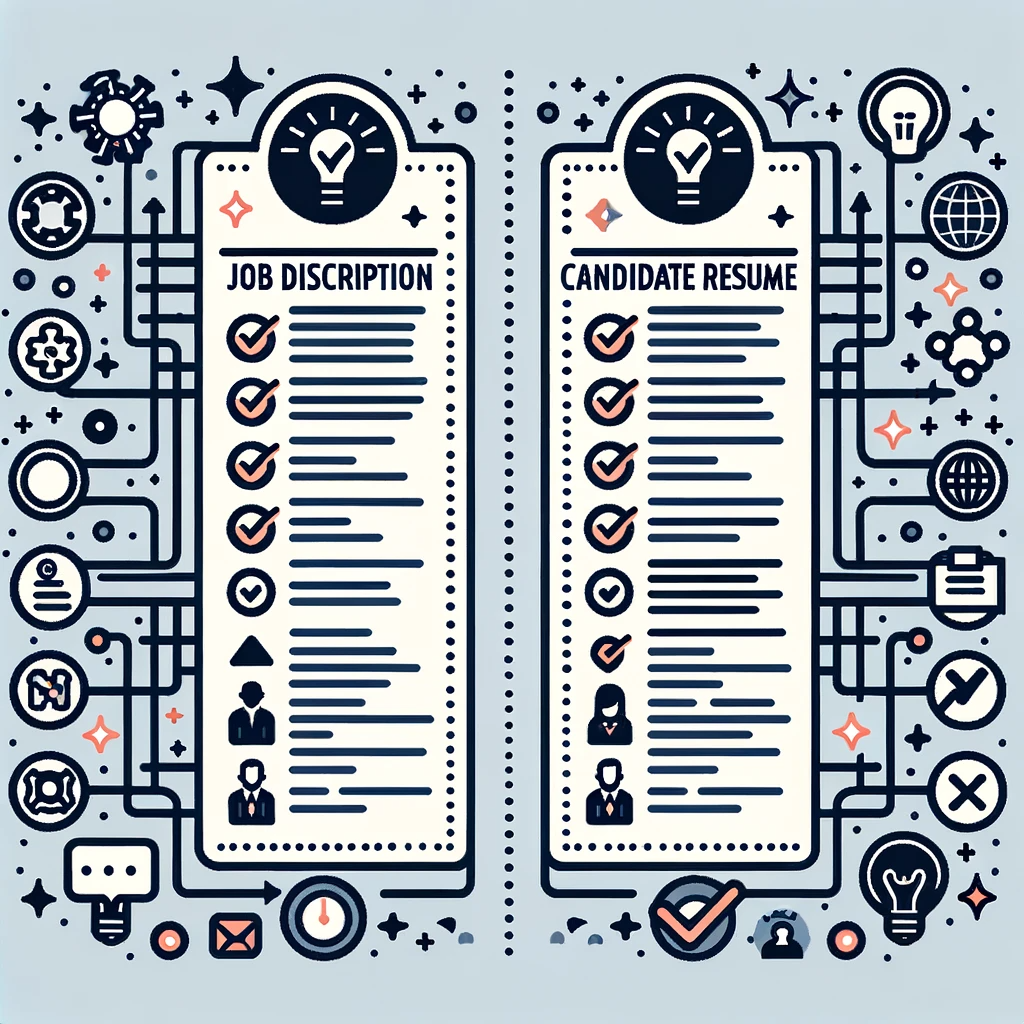
3. Interview scheduling:
- ai-powered scheduling tools can analyze the availability, preferences, and limitations of candidates and interviewers to automatically schedule interviews, eliminating the need for manual coordination.
- Chatbots can be used to interact with candidates and schedule interviews based on their availability, providing a seamless and efficient experience.
4. Compilation of interview comments:
- ai can help analyze interview feedback by extracting key information and identifying patterns, helping recruiters make more informed decisions.
- NLP techniques can be applied to interpret and categorize interviewer comments, reducing the time and effort required for manual analysis.
5. Offer management:
- ai-powered systems can generate structured offer letter templates based on candidate records, streamlining the offer creation process.
- Natural language generation (NLG) techniques can be used to personalize offers and negotiate offer terms automatically, improving efficiency and reducing manual intervention.
6. Incorporation:
- ai can streamline the onboarding process by automatically generating training assignments and IT requests based on new hire data.
- Chatbots or virtual assistants can provide automated guidance and support to new employees, answering frequently asked questions and facilitating their integration into the organization.
7. Background Check:
- ai can help evaluate background check results by flagging potential problems for human review, improving the efficiency and accuracy of the process.
By leveraging ai technologies in these areas, organizations can significantly automate and optimize the hiring process, saving time, reducing errors, and improving the overall candidate experience.
Schedule a Free Recruitment Automation Consultation






